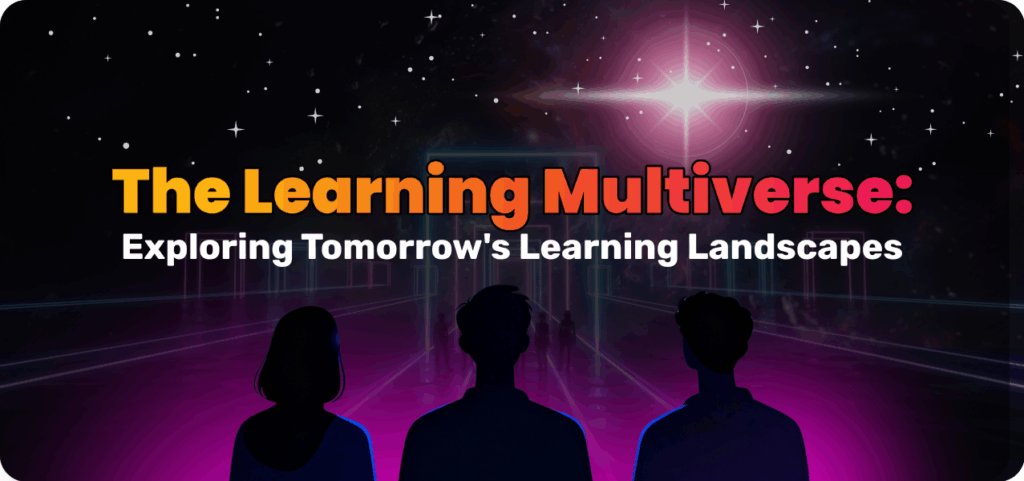Re-Enchanting Leadership for Complex Times

This week, WDHB is on-location in beautiful Bordeaux partnering with the executive committee of a fast-growing Fortune 500 French Industrial Group. As we immerse ourselves in this well-connected region, we work together to investigate a crucial subject for the ever-shifting future of business: how do we give meaning to leadership in a world jostled by uncertainty?
The acceleration of change and the growing complexity of our environment are not without their share of concerns and anxieties. In these precarious times, the usual hierarchical relationship between the employee and the “knowing” leader no longer apply. Rather than clinging to a past that is no longer relevant, how do we invent new kinds of connections and new dynamics that create meaning amidst uncertainty? In other words, what is the purpose of leadership today, and what skills are required to re-humanize and re-enchant relationships within the organization?
On our four-day program in Bordeaux, we are utilizing group dialogue and exchanges with experts and peers to find answers collectively. Three themes are of specific interest to us:
1. Managing Complexity and Embracing Simplicity
Complexity is an inherent feature of our ecosystems and, therefore, nothing new. However, these intricacies have continued to compound over time. It is awkward for leaders, the people who are supposed to have the answers, to admit that their organization’s strategic direction is growing more difficult to define.
To break down this change management problem, we are exploring Edgard Morin’s approach of complexity. According to Morin, the human brain is made up of a duality. On the one hand, it has a fundamental and irreducible need for control. On the other, it has the capacity (and the equally fundamental need) to be open to the unknown. Therefore, the challenge is for everyone (and if everyone, then a fortiori for leaders) to articulate and balance these two dimensions while running the organization.
How is this duality maintained? One way is to differentiate organizational complication from organizational complexity. Complication bogs down workflow with unnecessary business procedures and can be remedied by simplifying processes. Simplicity creates order and ease, providing the stability a leader requires to manage complexity.
2. Innovating to Meet the Challenges of Acceleration
Increasing complexity can be scary and frustrating for seasoned leaders, making them want to hold tighter to “the way things have always been.” Unfortunately, the old ways of operating are never coming back, and innovation is required to move forward. The organization must accept uncertainty “as an opportunity” for growth, rather than a threat to the status quo.
With the vast number of approaches to innovation, it is essential to define an authentic “ambition profile.” Ambitions should be both in line with the organization’s identity (not all organizations will be disruptors) and its future aspirations (i.e. a business with the capacity to generate a range of possibilities when faced with complexity). When organizations innovate in ways that align with their target goals, they create meaningful solutions that strategically adapt to the challenges of tomorrow.
3. Putting People Back at the Center of Management
There is another dichotomy that leaders need to balance: the mechanical (necessary for the functioning of society) and the organic (the inherently human dimensions of organizations). When employees are discouraged from thinking critically, it leads to many manifestations of “organizational stupidity” where the systems of yesterday are left unchecked and unquestioned. Managers are responsible for bringing care and affectivity into the relationship between the company and to those who compose it. This way, a culture is developed where employee opinions matter to the organization. When team members are empowered to address problems and offer new solutions, employee investment and innovation is kick-started in the workplace.
Is growing complexity the end of management? On the contrary, managers are more important now than ever. They lead to simplification of processes, lead through uncertainty, and act as the bridge between organizations and people. When governance by numbers is no longer enough, managers are needed to fill the gap between people and the organization. It is only through compassionate relationship building that we can restore joy in work.
We thank our clients for the opportunity to design such a program and to explore with them these essential questions that make us rethink the fundamentals of leadership. We warmly thank our speakers during this week as well. Among them, we have referred to the work of Laurent Bibard, Ghislain Deslandes, Jos de Blok and the STIM company.
To find out more about the themes of this program, or to co-design a leadership solution together, please contact us at [email protected].
Author
Subscribe to get Access to Exclusive Content





